The Aérospatiale/BAC Concorde is the world’s most successful supersonic passenger airliner. First flying on 2 March 1969, it eventually entered service with Air France and British Airways on 21 January 1976, flying to Rio de Janeiro via Dakar, and Bahrain respectively.
Powered by four Rolls-Royce/Snecma Olympus 593 Mk 610 turbojets with reheat or afterburner, the aircraft cruised at 2,158 km/h (1,340 mph) or Mach 2, twice the speed of sound. Concorde regularly reached 60,000 feet (18,300 metres), meaning passengers could see the curvature of the earth during flight. Pretty impressive all round!
Aérospatiale/BAC Concorde Video
Following on from the previous video about the Boeing 247, this time we head to Europe for a look at the supersonic Aérospatiale/BAC Concorde. This one is produced by the excellent Mustard channel on YouTube and runs for a bit over 12 minutes.
Titled “Why You Couldn’t Afford To Fly Concorde”, it gives insight into why the aircraft was not a commercial success. Short video clips of news broadcasts from the time really give a feel for the sentiment back then.
Concorde featured transatlantic range of 7,222 kilometres (4,488 miles) and due to the sonic boom, this is where it mainly flew. For the majority of its service life, British Airways operated twice daily from London Heathrow to New York JFK, while Air France served Paris Charles de Gaulle to New York.
During the service history from 1976 to 2003, two other airlines briefly operated the jet. Singapore Airlines used Concorde for around 18 months, even having one half painted in its livery. The other was Braniff in the USA, who flew them for around a year between Washington Dulles and Dallas Fort Worth, though just under supersonic speeds.
Overall Thoughts
There were just 20 Aérospatiale/BAC Concorde aircraft built and 14 entered service, seven each for Air France and British Airways. The sonic boom, high fuel prices and environmental considerations meant all other airlines cancelled their orders.
A proposed Concorde B model was put forward, but with no airline interest, it never left the drawing board. Today all the surviving aircraft are in museums around the world, so you can visit them and get a feel for what life was like for the glitterati back in the day.
Did you ever have the opportunity to fly on Concorde? Perhaps you’ve visited one in a museum? What was it like? Thank you for reading and if you have any comments or questions, please leave them below.
Enjoying the series? Check out the index to all the “Does Anyone Remember…” articles.
To never miss a post, follow me on Facebook, Twitter and Instagram.
All my flight and lounge reviews are indexed here so check them out.
Featured image by Spencer Wilmot via Flickr.

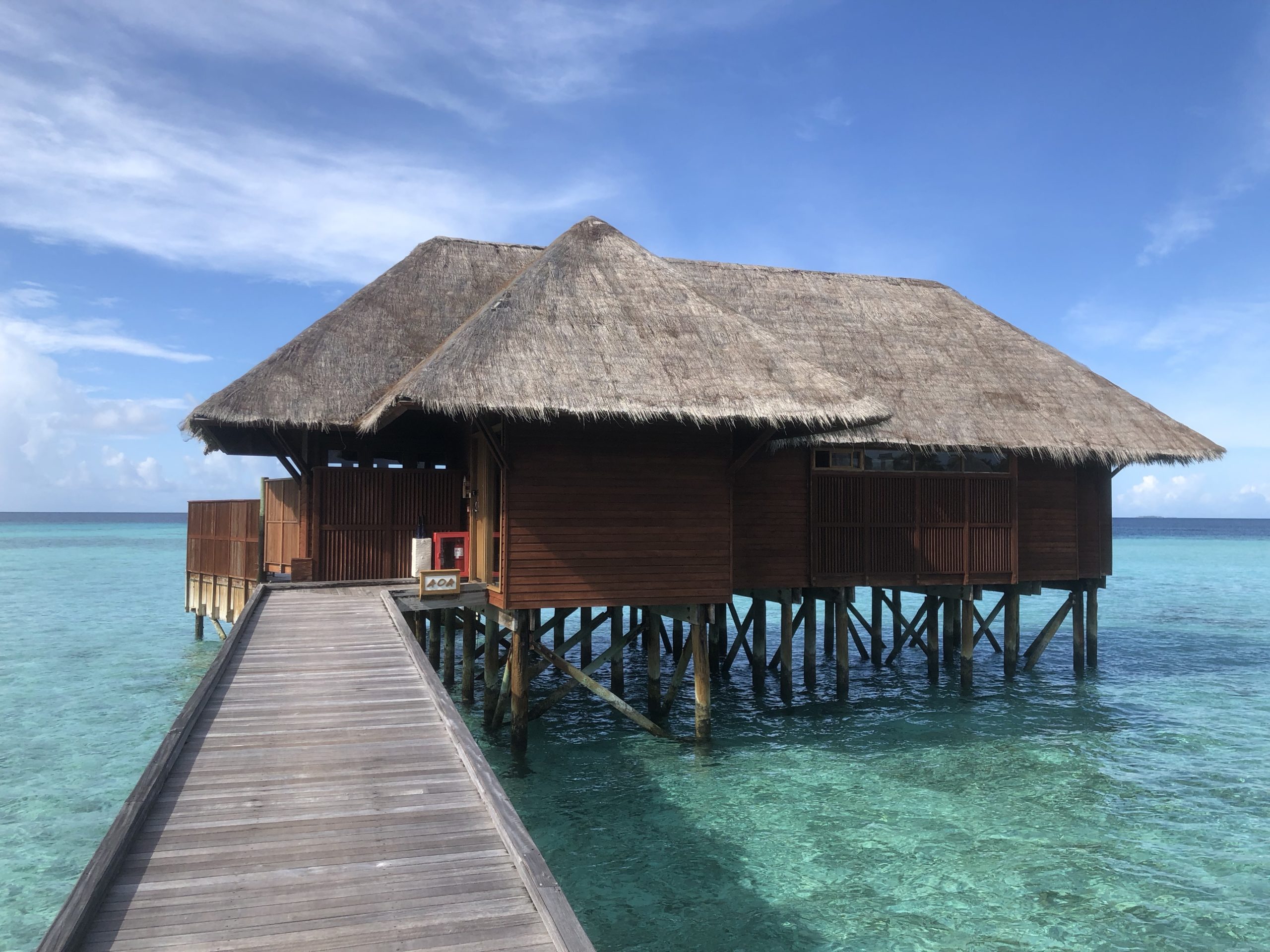
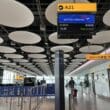

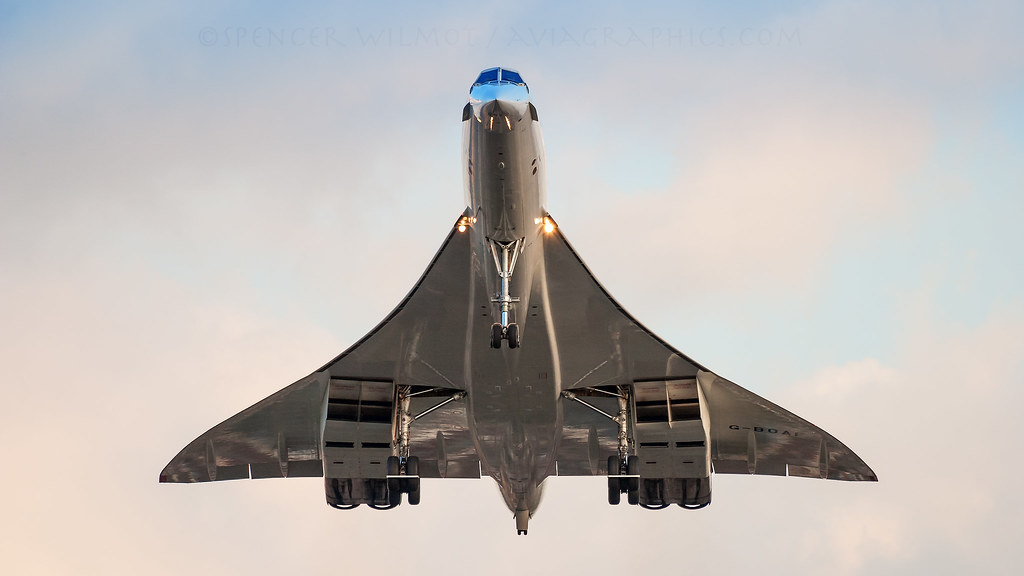
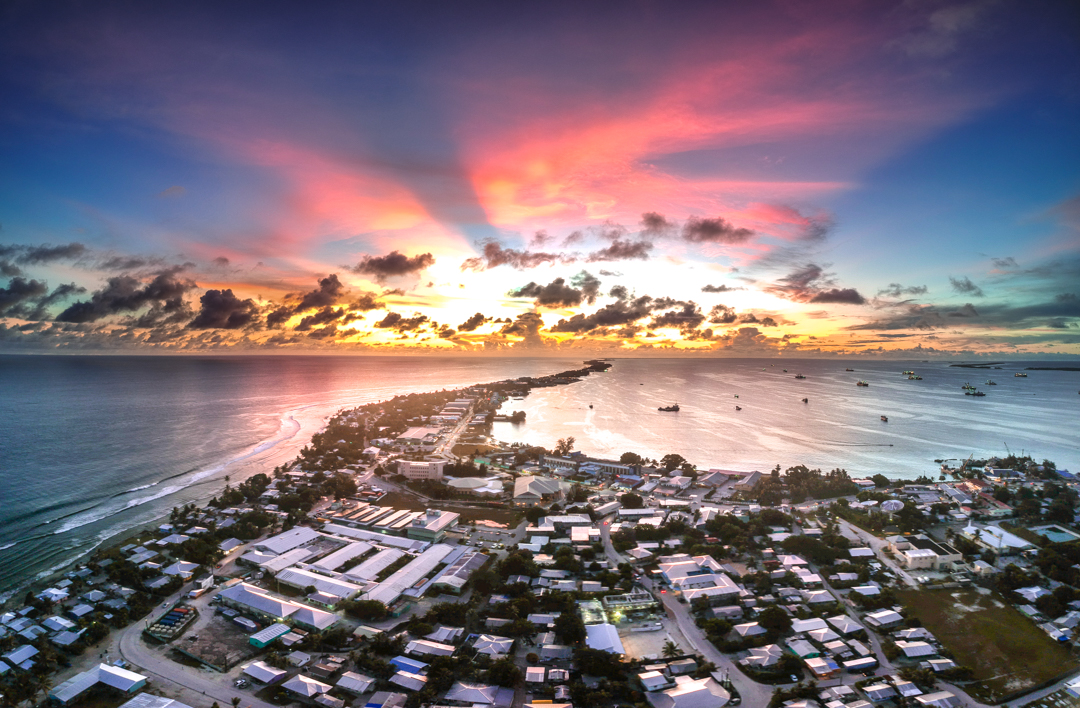

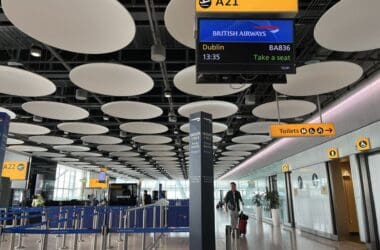
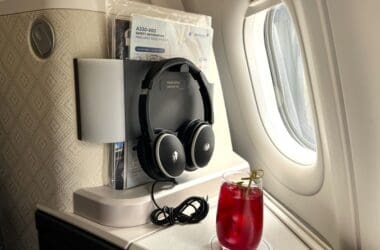
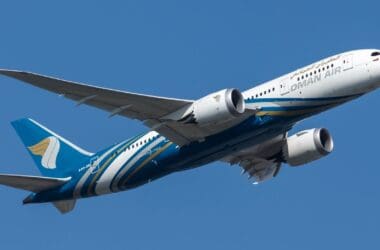
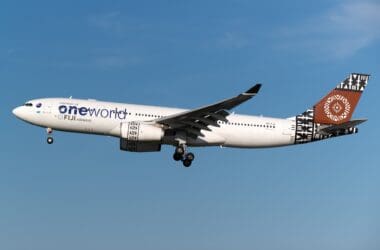

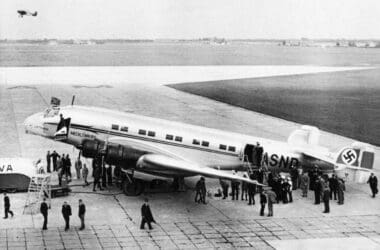
Remember seeing a Concorde take off from NYC back in 89. It was the hhighlight of my first trip to the USA. I cant recollect if it was a BA or AF Concorde though
Flew it once on LHR JFK using BA Executive Club miles (was a Gold member at that time). Flight started memorably as we aborted takeoff after afterburner 2 kicked in. I remember thinking that we were going to get offloaded and put on a 747 but after a few minute visit from maintenance we tried again and this time all 4 afterburners kicked in. I imagine this is the closest I will ever get to flying a fighter. Takeoff was a blast and the angle of climb was very noticeable. We were soon cruising along at FL 510 watching the mach meter tick upwards. I was able to visit the cockpit and it was tiny with the 2 pilots and flight engineer crammed into a very small space made even more claustrophobic by the abrupt narrowing of the nose section. The aircraft had two cabins connected by a corridor containing a couple of small galleys and less well insulated than the main cabins so that one could feel the heat coming of the fuselage at those speeds. Looking out the tiny windows the curvature of the earth was immediately visible. The booze was excellent and while the meal had all the trimmings BA could not cook beef, even back then. Still have the souvenir day timer address book to remind me of the experience. I was very grateful I had the chance to enjoy this aircraft.
Now you have one of the rarest experiences ever, a rejected take-off! That’s not something that happens all that regularly – and on Concorde to boot! Loved reading your experience, even if the beef wasn’t done correctly haha! Sounds brilliant for the most part, you’re very lucky! Thanks for sharing that.
I flew many times on both the Air France and the BA Concorde. I even wrote a tongue-in-cheek article comparing the service on both. It was published int he travel sections of several newspapers.
THe cabin was a bit claustrophobic and the windows tiny. A screen at the from of the cabin showed you the speed and there was always excitement when we sped through Mach 1, the speed of sound, on our way to Mach 2. Some will remember that initially the Concorde was banned at Kennedy airport in New York because of the complaints about the noise. Not breaking the sound barrier, just the noise of the aircraft in normal operations. SO initially, all the Concorde flights went from Paris and London to Washington Dulles until New York finally relented and allowed the Concorde to land. The flight was pure excitement. The meal service was the best of everything, caviar, Dom Perignon, and a bunch of souvenirs that are often offered on Ebay. And, of course, the real thrill was traveling from New York to Europe in about 3 hours and 45 minutes.
Great memories.
Great that you got to experience both airlines and I imagine the article would be a fun read. I can imagine the excitement at hitting Mach 1 and Mach 2 – I think I’d be quite pleased experiencing that myself. Everything sounds pretty delicious all round. What an experience, thanks for that, I enjoyed the read!
What is not mentioned in the video is that Concorde itself created a halo effect for both BA and AF. They alone could claim the kudos of offering supersonic flight and their marketing teams benefitted from this. BA’s Concorde was expensive but regularly this airline used to have special offers to tempt corporate users. For example, pay subsonic F and get a free Concorde upgrade. BA also targetted corporates in mainland Europe with similar or more generous Concorde offers and enticed them to fly BA transatlantic via LHR rather than use LH or LX. Yes it meant an indirect flight but such was the attraction of Concorde that some travellers opted for BA. Currency fluctuations over the years meant it could be cheaper to buy an AF Concorde ticket in the UK rather than France. There are many many examples and the mainstream media almost always neglects the Concorde’s marketing pull for these two airlines.
Absolutely, when you consider the impact of the aircraft on the two airlines overall, it certainly did create a halo effect. I guess the reason it’s never mentioned is because that hasn’t been analysed in any kind of detail. Since the retirement was 17 years ago, you’d think it would be easier to get into the financials and break those kinds of things out, but perhaps records to that kind of detail no longer exist. It would be a fascinating thesis topic though for anyone doing a Masters degree. I would have done it myself had I thought of the idea when I was doing mine! 🙂 Thanks for the comment!
Back in the mid to late-1970s (when the GBP was weak) in my travel trade days I used to have a client in Paris who would buy his AF Concorde tickets in London and then use them ex-Paris to JFK and Rio. The latter fascinated me at that time (I was much younger of course) as the client would depart Paris on Sunday lunchtime and, including the refuelling stop in Dakar, would arrive into Rio the same afternoon at around 1600-1630 in time for tea !
I would have loved to have flown that route! The guy sounds like a smart man, doing things that way. A little bit like how nowadays I go to Sydney but start in Sweden for the cheap business class tickets!
Indeed. He was a French biz traveller located in Paris who would regularly travel to London so it made sense to issue tickets in this way. Remember this was when airlines did not have the sophisticated booking/ticketing systems of today so it could be possible for a smart traveller to break his/her’s journey en route. Eventually the airlines realised what was going on and they clamped down.
Must have been good while it lasted though! 🙂
That must have been a great flight.